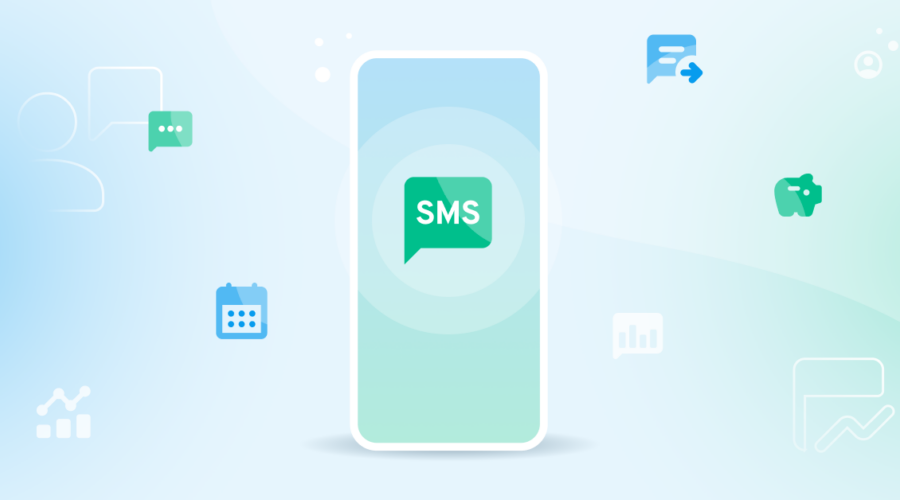Merry Christmas!
No, we’re not wishing you early good tidings. On December 3rd, 1992, that festive expression was the first text message ever sent by Vodafone developer Neil Papworth via his PC to a Nokia cell phone.
30 years later, an estimated 5 billion people worldwide are sending and receiving messages1 making texting one of the most popular communication methods.
However, SMS had humble beginnings when first starting as a new technology. Let’s look at how texting has transformed over the last three decades.
1990’s: Early text messaging
In the ’90s, texting services were expensive and limited. Carriers did not offer unlimited texting as they do today, so SMS was initially billed as a pay-per-message service, starting around 1999. It was also a completely walled garden service. For example, if you were a Sprint customer, you could only text other Sprint customers, and Verizon customers could only text other Verizon customers.
Not to mention that only those with a Nokia device (you might remember the iconic Nokia phone!)—could send and receive messages. So if you could find friends and family on your same network AND you both had Nokia phones, congrats you can text in the ’90s.
Used originally as a person-to-person communication channel so your mom could tell you what you’d be having for dinner, text message users in the 1990s were sending a mere 35 messages each month—As if!
2000’s: Texting catches on
In the mid-2000s, more and more consumers saw texting as a means of casual communication. Marked by the rise of popular text abbreviations like “LOL,” “OMG,” “ROFL,” and “TTYL,” by 2002, more than 250 billion text messages were being sent worldwide.
Texting became more readily available thanks to new advanced iterations of cell phones, such as the Blackberry, Razor, and the first iPhone in the new millennium.
Premium services, which enabled users to buy digital products like wallpapers and ringtones (think Crazy Frog), became a prominent market for third parties, with carriers making it simple to add charges to the users’ monthly subscriptions—feeling that nostalgia yet?
We also begin to see business-to-consumer messaging with the creation of the short code. Businesses began utilizing a 4-5 digit short code to reach their subscribers and introduced a new way to market to customers.
2020’s: The flirty thirties
Today, texting is a coveted communications channel with an open rate of over 98%2. Consumers have embraced texting for its simplicity, convenience, and speed. And considered more efficient for short quips of information than making a phone call.
Businesses know that a text message is the best way to reach customers quickly. There are many important use cases of business-to-consumer messaging, including:
- Healthcare – Practices, hospitals, and clinics use SMS for better patient communication. Examples include confirming appointments and prescription reminders/refills from their pharmacist.
- E-commerce marketing – Sales promotion via texting is an effective marketing strategy for any business (especially during the holiday season!). Companies utilize SMS to share special offers or coupons with consumers.
- Customer service (agent-to-customer communication)- text messaging eliminates the long wait times associated with call centers and allows customers to start fixing their problems immediately.
- Two-factor authentication – Businesses will send a text message to your phone, allowing you to verify your identity before signing into a portal for your bank account or 401k. This adds a second layer of security to your personal information.
- Travel communications – Airlines communicate with flyers via SMS to remind them about check-in and boarding or alert them of changes in flight schedules.
The future of texting is bright
Whether it’s businesses or people, texting has changed how we interact and communicate. However, with all the traffic coming through text messages, The Federal Communications Commission (FCC) has been playing its part in preserving the sanctity of the channel.
Multiple regulations, such as 10DLC Campaign Registration, etc., can be difficult for businesses to navigate. They need a trusted partner to help ensure their messages get through and stay compliant—Bandwidth can help!




